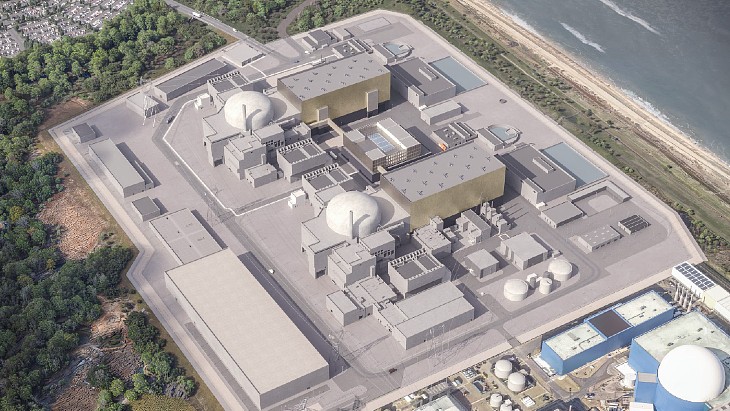ENSA manufactured and installed the heat exchangers as part of Spain's contribution to the development and construction of the RJH. It completed hydraulic testing of the large components in June 2018. The company said the operation to manoeuvre and install the heat exchangers was complicated by the limited space within the reactor building.
RJH is being built under the framework of an international consortium of research institutes from Belgium, the Czech Republic, Finland, France, Spain, Sweden, the UK and the European Commission, plus major companies such as EDF, Framatome and TechnicAtome. Partners from India and Japan have also joined the consortium and the door remains open to more potential European or international partners. The project forms part of the European Strategy Forum on Research Infrastructures, and is one of three new research reactors forming the cornerstones of the European Research Area of Experimental Reactors, alongside the Myrrha accelerator-driven research reactor at Mol in Belgium and the Pallas reactor at Petten in the Netherlands.
France's national energy research commission, the French Alternative Energies and Atomic Energy Commission (CEA), is funding 50% of the total EUR500 million (USD551 million) construction cost, with the remainder coming from EDF (20%), the research institutes (20%) and Framatome (10%). Operated by the CEA, the RJH will replace the 70 MWt Osiris reactor, which itself took over some of the roles of the 35 MWt Siloé reactor. Site preparations for the 100 MWt light water cooled reactor began in March 2007, with first concrete for its basemat poured in August 2009. The 105-tonne dome for the containment building of the pool-type reactor was raised by crane and lowered into place on 13 December 2013. Civil engineering work for the reactor building was completed in March 2017.
The modular design of RJH will be highly versatile and able to accommodate some 20 simultaneous experiments. Over its anticipated 50-year lifespan it will be used for studies on materials used in the nuclear power reactors of today and tomorrow, as well as testing fuels for current and future reactors. The instrumentation to be used with the reactor will allow hitherto unavailable real-time analysis to be performed. The reactor will also play a vital role in producing radioisotopes for use in nuclear medicine across Europe in coordination with existing NRG production facilities at Petten in the Netherlands.

.jpg)



_55530.jpg)
_42372.jpg)
_37521_70699.jpg)

_76087_55556.jpg)




